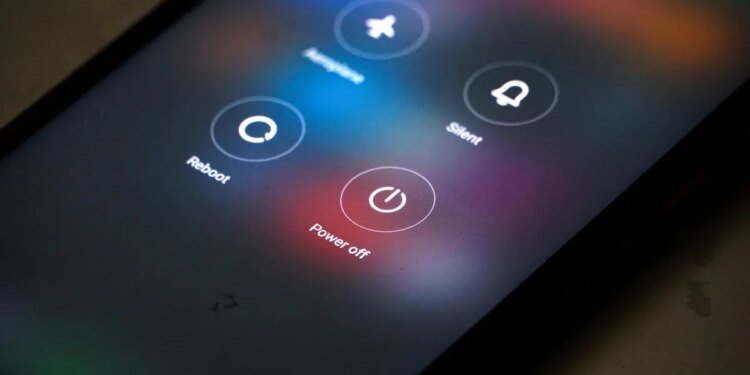
Follow ZDNET: Add us as a preferred source on Google.
ZDNET’s key takeaways
- Powering your phone off once a week enhances your security.
- The simple off-and-on-again action can thwart a variety of mobile threats.
- The NSA also suggests several other ways phone users can protect themselves.
Your pricey smartphone can be hit by a variety of different security threats, from phishing to malware to spyware. All it takes is one successful attack to clobber your phone, compromise your data, and even steal your identity. So, how do you protect yourself?
In a Mobile Device Best Practices report, the National Security Agency (NSA) offers tips designed to protect your mobile device from hackers and attackers. Although the report dates back to 2020, its advice remains as sound as ever, if not more so.
Also: No one pays ransomware demands anymore – so attackers have a new goal
One method is as simple as turning your phone off and then on again.
Click the box in the upper right to enlarge.
National Security Agency
Spearphishing attacks can target your phone to install malware, while zero-click exploits can infect your device without any interaction on your part. The NSA’s advice? Power your phone off and then back on at least once a week.
Also: 7 ways to lock down your phone’s security – before it’s too late
This action can make it more difficult for hackers to steal information from your phone; however, the agency cautions that it will not always prevent an attack.
In its report, the NSA cited several other threats that can impact your mobile device.
Malicious apps can infect your phone. Malicious Wi-Fi networks can intercept and redirect traffic from your device. Spyware can monitor the audio and video conversations on your phone. Hackers with remote access to your device can collect data from your calls or text messages. Someone with physical access to your phone, even for a brief period, would be able to install malware or spyware.
9 more ways to protect yourself
Beyond periodically turning your phone off and on, there are several other ways to protect yourself. The NSA suggests the following:
- Update your apps. Be sure to update your apps and operating system with the latest security patches.
- Use official app stores. Install apps only from official stores, such as the Apple App Store or Google Play Store.
- Avoid clicking on links or file attachments in emails and text messages, as those are common ways to trigger malware.
- Be cautious of public Wi-Fi networks and avoid joining them whenever possible. To supplement the NSA’s advice, I recommend using a VPN whenever you connect to a public network.
- Disable Bluetooth. Turn off Bluetooth when you’re not using it to prevent an unauthorized device from connecting to your phone.
- Use a secure passcode. Create a strong passcode with at least six digits to lock and unlock your phone.
- Leverage biometrics. Enable your device’s built-in facial or fingerprint scanning for greater security and convenience.
- Use trusted accessories. Use only original charging cords or charging accessories from a trusted manufacturer. Avoid public USB charging stations.
- Turn off location services when not needed.
In addition to adopting the NSA’s suggestions, you can also turn to a dedicated app to enhance your mobile security. One app worth installing is iVerify, a security scanner that scours your device for malware and ensures you’re using the basic security features on your iPhone or Android phone.
Also: Are AI browsers worth the security risk? Why experts are worried
“Threats to mobile devices are more prevalent and increasing in scope and complexity,” the NSA said in its report. “Users of mobile devices desire to take full advantage of the features available on those devices, but many of the features provide convenience and capability but sacrifice security. This best practices guide outlines steps the users can take to better protect personal devices and information.”
Get the morning’s top stories in your inbox each day with our Tech Today newsletter.





